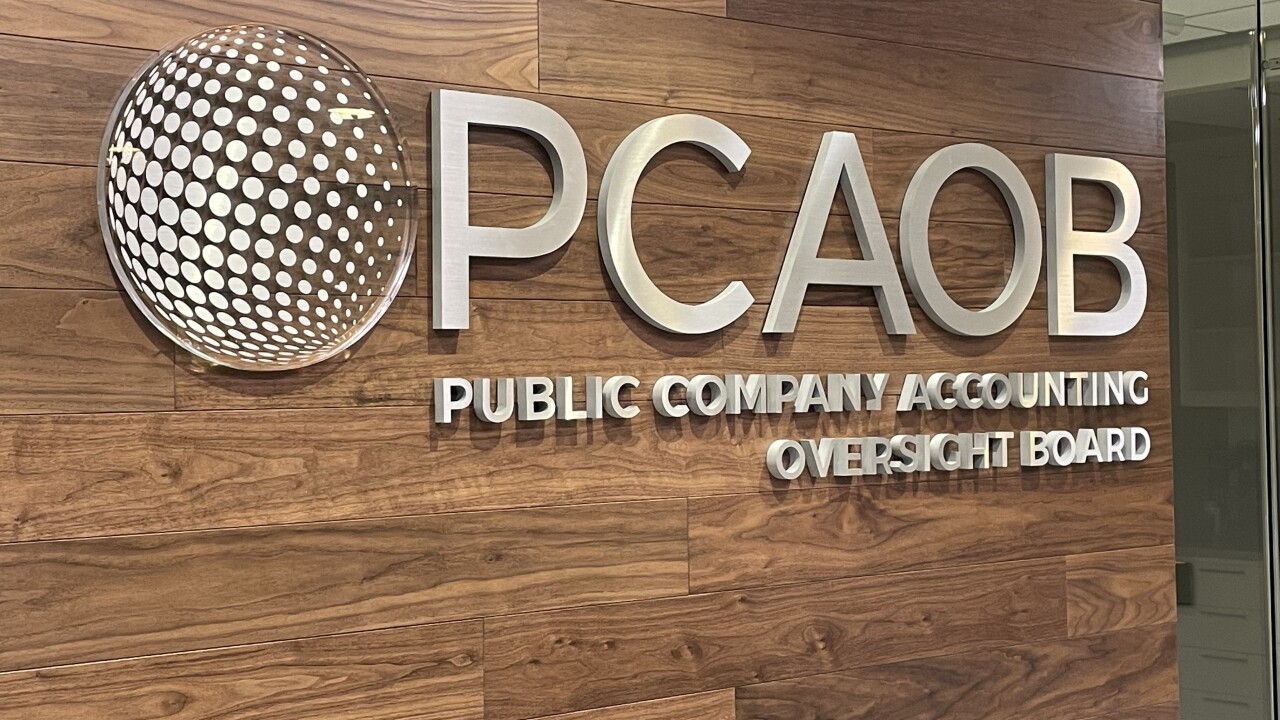Limited guidance from the IRS and accounting standard-setting bodies has led to a divergence in interpretation and practice for inventory valuation within the scope of business combinations.
A few modifications to current practice would improve the valuation process. These modifications include a more refined separation of costs and operations, the consideration of upfront materials costs, the inclusion of market participant profit margins on business processes, consideration of intellectual property utilized, and a change in the way step-ups are calculated and presented.
The proposed adjustments encourage consistency and clarity in the recording process and provide more useful and meaningful information to users of financial statement information.
Common Methodologies and Considerations in Practice
The existing guidance on inventory valuation centers around the IRS’s Revenue Procedure 03‐51, with the inclusion of fair value concepts from the Financial Accounting Standards Board’s Topic 805, Business Combinations (ASC 805) and ASC Topic 820, Fair Value Measurements (ASC 820).
In practice, the most common valuation process for finished goods inventory is the comparative sales method, or CSM, which uses the actual or expected selling prices of finished goods as the base amount. CSM generally entails:
1. Grossing up the book value of inventory to selling price;
2. Removing the costs of disposal; and
3. Removing a profit allowance on the disposal process.
The same process is employed for work-in-process, except that additional costs and a profit allowance on completion efforts are also deducted from the selling price.
The CSM is a residual income model — it begins with revenue and deducts returns for efforts not associated with the product, providing a “top-down” view of inventory value. An alternative approach, the cost of reproduction method (CRM), is a “bottom-up” view that begins with book value and adjusts for returns on manufacturing assets and processes. While the CSM has been more commonly used to value inventory, with appropriate considerations, both the CSM and CRM should reconcile and result in the same value.
CSM’s Shortcomings and Challenges
As it is commonly applied in a standalone approach to inventory valuation, the CSM has several weaknesses and limitations in practice, including but not limited to the following:
Disposition costs are difficult to estimate and are often applied mechanically. A common inconsistency in practice is removing the remaining, rather than total, disposition costs. This is problematic, as these costs reflect support for other disposition-related assets and inventory may be overvalued due to the inclusion of these sunk costs. For companies with large disposition costs, the impact can be material.
Intellectual property and overhead can present additional challenges. When a company has intellectual property, or material levels of general and administrative, research and development, or other costs that are not directly attributable to the manufacturing or disposition of products, the fair value of inventory may include these costs if they are not backed out of the CSM.
Profit allocations made in proportion to disposition and manufacturing costs may misallocate profit by presupposing that production and disposition processes earn profit pro‐rata, based on costs incurred. For manufacturers, this method is inappropriate if materials costs represent an initial outflow without significant efforts. For merchandisers, it does not align with market participant data, as merchandisers also incur manufacturing costs (through purchases from manufacturers in their cost of goods sold). Additionally, while profits aligned with costs may have been reasonable when companies were largely tangible, it may misstate the profits earned on internally generated intangible assets that have minimal associated costs. Based on the preceding, there has been minimal use of the supporting production‐related assets (workforce, working capital, fixed and intangible assets), so the step‐up in inventory value should be minimal.
Work‐in‐process valuation entails determining the cost to complete and the profit on remaining manufacturing activities, but practitioners should consider the costs incurred and manufacturing efforts expended to date. This is especially meaningful for inventory with a significant materials component. For example, if a company incurs a large upfront materials expense, allocating profit based on costs would assign a substantial amount of profit immediately to the manufacturing process, even if manufacturing activities have yet to be commenced.
Methodology Decomposition
In determining the fair value of inventory, practitioners should consider both the CSM and CRM, the activities completed by the manufacturer and the seller of inventory, and appropriate returns on those activities. The methodology should also be consistent with the stage of the production process. Accounting for costs and returns along the value chain allows for a review of the evolution of the fair value of inventory over time.
The inventory step‐up arises from three sources:
1. Operating expenses previously incurred in the production process;
2. Returns on manufacturing assets previously utilized in the production process; and
3. Returns on intellectual property previously utilized in the production process.
All of a company’s operating expenses should be thoroughly examined and discussed with management to determine their applicability to the production and value of inventory. After appropriate costs and returns are identified and reviewed, the CSM and CRM can be implemented, with the key drivers of inventory value displayed for clarity and reasonableness. Here is a modified model reconciling the CSM and CRM, which presents the drivers of value.1

In this example, the trademark is treated as a disposition asset (under the assumption that the inventory is not consumer-facing and is not a key driver of value). If the trademark is a key driver of product value (i.e. consumer branded products), the portion of the trademark IP supporting the product value would not be deducted in the CSM and would be added in the CRM to reconcile the two approaches.
Attribution and Reconciliation of Process and Asset Returns
An attribution process, performed after the valuation of inventory, delineates between asset returns and process returns. Returns arising from a business’s manufacturing processes are generally aligned with the returns on working capital, fixed assets and the assembled workforce, while disposition returns include these assets as well as customer relationships. IP within manufacturing and disposition activities is accounted for within the value of a company’s technology and trademark, respectively. With the understanding that the key driver of the inventory step‐up is within the manufacturing costs, profit, and IP, we can examine these flows in the context of a purchase price allocation to assure a proper attribution of value.
Ultimately, selected margins and profit allocations by process should reconcile back to the expected profit margin of the target company, as well as make sense in the context of business processes, and be reasonable and supportable relative to market data. This requires a general understanding of the key value drivers and the directional importance of the manufacturing and disposition processes.
While limited authoritative guidance around best practices in inventory valuation within the scope of a business combination has led to a wide divergence in interpretation and practice, a few modifications to current practice would improve the valuation process. This includes a more refined separation of costs and operations, the consideration of upfront materials costs, the inclusion of market participant profit margins on business processes, and the consideration of IP utilized. After the fair value of inventory is determined, the step‐up should not impact the fair value of customer‐related assets valued using the multi-period excess earnings method.





